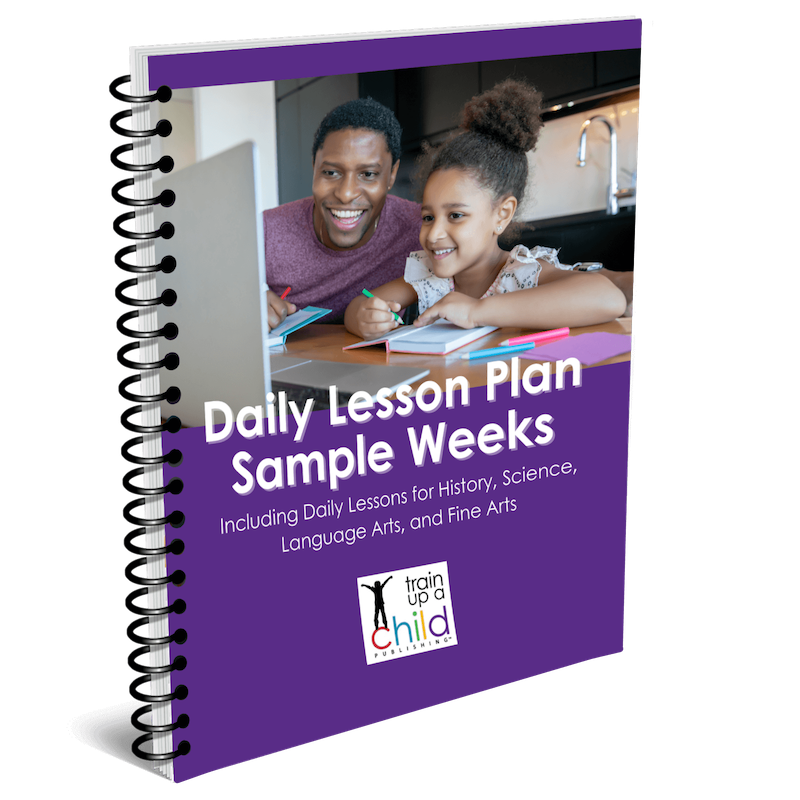An April Fools Day science lesson: Amazing Flying Penguins

How about an April Fools Day science lesson?
Adding a little humor and unexpectedness into homeschooling is part of what makes things fun, both for you and your children. And what better thing to do on April Fools Day but pull a prank on your kids?! This April Fools Day science lesson can be enjoyed by kids of most ages, although the “real” lesson at the end will probably be more meaningful for your middle and high schoolers. Pro tip: You’ll need to start this the week before by either watching a movie or reading a book with your kids, so plan ahead!
Note that this post contains a few affiliate links to help you prepare for the lesson. If you should purchase anything from one of those links, we might earn a few cents at no extra cost to you. But you can also check your public library to see if you can borrow them for free.
First, this science lesson could use a little prep.
To set the stage, try to watch the film March of the Penguins the week before you want to do this April Fools Day science lesson.
If you haven’t watched it, this academy award-winning documentary shows the struggle for survival for Emperor penguins in the harsh Antarctic. The filming is gorgeous, the penguins are adorable, the parents are both involved in raising the babies, but it is long and the content could be a little intense. Here’s a review from Plugged In to help you decide if it’s right for your kids. Perhaps for middle elementary on up.
 If you have younger children or a very sensitive one in the mix you might prefer to read the book Mr. Popper’s Penguins instead of watching the March of the Penguins documentary. The book is about 160 pages, so plan to start reading early enough to have it finished a few days before April Fools Day, especially if you’re doing it as a family read-aloud.
If you have younger children or a very sensitive one in the mix you might prefer to read the book Mr. Popper’s Penguins instead of watching the March of the Penguins documentary. The book is about 160 pages, so plan to start reading early enough to have it finished a few days before April Fools Day, especially if you’re doing it as a family read-aloud.
Additionally, there is a movie loosely based on the book. I’d recommend the book over the movie, but here’s a review from Plugged in about the movie version if you’d like to learn more about it. It has some bad language in it and there are a few themes that may not be suitable for your family
Okay, now that your children have recently learned a little bit about penguins, you’re ready!
On April Fools Day, enthusiastically ask your kids…
Remember the movie about the penguins we watched/book about penguins we read recently? Well, guess what?
I watched this amazing BBC video this morning about a newly discovered colony of penguins. What they can do is amazing. These penguins don’t have to huddle together every winter as we saw in March of the Penguins. They can go somewhere warmer! You have to see this!
Then watch this video:
Wasn’t that an incredible discovery?
It will be interesting to see how they react, especially if you have older kids. (BBC created this video a few years ago, probably long ago enough for your children not to have seen or heard about it.)
Then, when you get them worked up about this amazing discovery…
…it’s a good time for the “April Fools!” announcement!
Then, watch how those special effects were created (the real science lesson)
Watching how those special effects were created is the real lesson!
It’s still a science lesson, but it’s about technology instead of natural science. (Although if you watched March of the Penguins, your kids have already learned some natural science.)
To show you how they made the penguins fly with computer animation, the BBC created a fascinating second video.
So watch this video next:
Especially if you have a child interested in video technology or animation, this is a cool example of how to use it!
The actual April Fools Day Science Lesson
Once your kids have watched the second video, talk about the technology they just viewed. This will be a simple discussion if your children are younger, but if they are late elementary or above, ask them to take turns telling you something they learned about the process of making the April Fools Day penguin video. (This is basic narration– now you have worked language arts into your science lesson.)
You know me — I am going to get as much as I can into every lesson, because I know integrating subjects makes learning stick.
If you want to extend the lesson, assign your middle school and above children to research, write a report, or create an oral presentation about computer animation, or CGI (computer-generated imagery.)
There are some other simple videos on YouTube that discuss computer animation that might be helpful to watch.
Who knows…. this up and coming field might end up appealing to one of your children as a career someday! All because of an April Fool’s day science lesson. 🙂
Enjoy your day!
![]()
PS Credit goes to Robin Sampson who gave me the idea.


